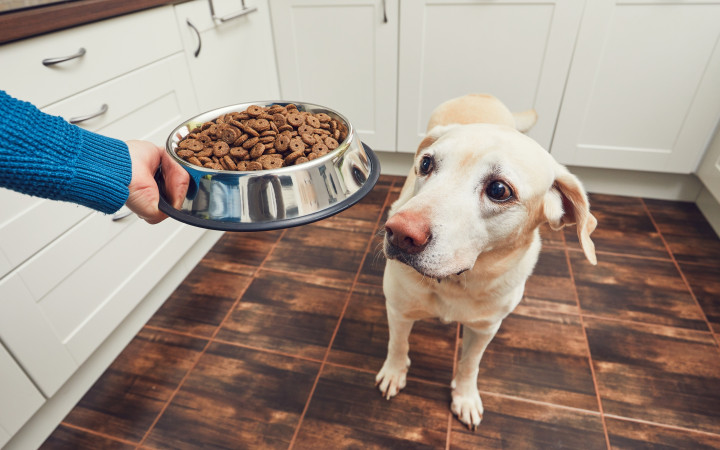Today’s Wonder of the Day was inspired by antonio. antonio Wonders, “why do we drool when we see food” Thanks for WONDERing with us, antonio!
Do you have a best friend? Do they have lots of fur and four paws? There’s a reason why dogs are called man’s best friend. They’re loyal and fun to play with. They’re also pretty cute and furry!
But did you know that dogs can also be scientists? Well…maybe they’re not the ones doing the actual research. But some dogs have become famous for their part in scientific discovery. Take Pavlov’s dogs, for example. Have you ever heard of them? They’re famous for drooling!
Ivan Pavlov was a Russian scientist. He did research during the late nineteenth century. One of his most famous breakthroughs changed the way people understand learning and behavior. It happened while he was studying dogs to learn about reflexive and automatic behavior.
Pavlov measured how much dogs would salivate (drool) when given food. When the dogs saw food, they knew it was time to eat. Their bodies began making saliva to help break down the meal. In scientific terms, the food was an unconditioned stimulus. It caused an unconditioned response—the drool. When dogs saw the food and salivated, they were experiencing an automatic behavior.
This was not a surprise to Pavlov. But he did notice something new. Over time, the dogs started to salivate when they saw his lab assistant. Some would even drool if they heard a person coming. Pavlov realized the dogs had started to connect these experiences with being fed. The dogs always saw or heard the lab assistant before receiving food. After many trials, seeing the lab assistant made them drool, even with no food present.
Pavlov was amazed with his discovery. It was completely unexpected. He’d learned that dogs’ behavior could be conditioned (learned). They’d already learned to connect a neutral stimulus (lab assistant) with an unconditioned stimulus (being fed). His next experiment was to try to create the same response to a metronome. Pavlov would turn the device on just before he gave the dogs food. Soon enough, the dogs started to drool at the sound of the device.
Pavlov was one of the first people to study the basic laws of learning. His findings became known as classical conditioning. Pavlov gave scientists a new way to study behavior in both animals and humans. Classical conditioning has helped thousands of scientists better understand how the human mind works.
It has also helped to treat certain conditions, such as phobias. For example, it could be used to treat a fear of spiders. A person might pair thoughts of spiders with relaxation techniques. Over time, the thought of spiders might become less scary. This happens as spiders become associated with relaxation.
Do you have any fears you’d like to treat with classical conditioning? What other applications of Pavlov’s work can you think of? Our understanding of psychology and behavior might be much different if not for this scientist and his dogs!
Standards: CCRA.L.3, CCRA.L.6, CCRA.R.1, CCRA.R.2, CCRA.R.4, CCRA.R.10, CCRA.SL.1, CCRA.SL.2




